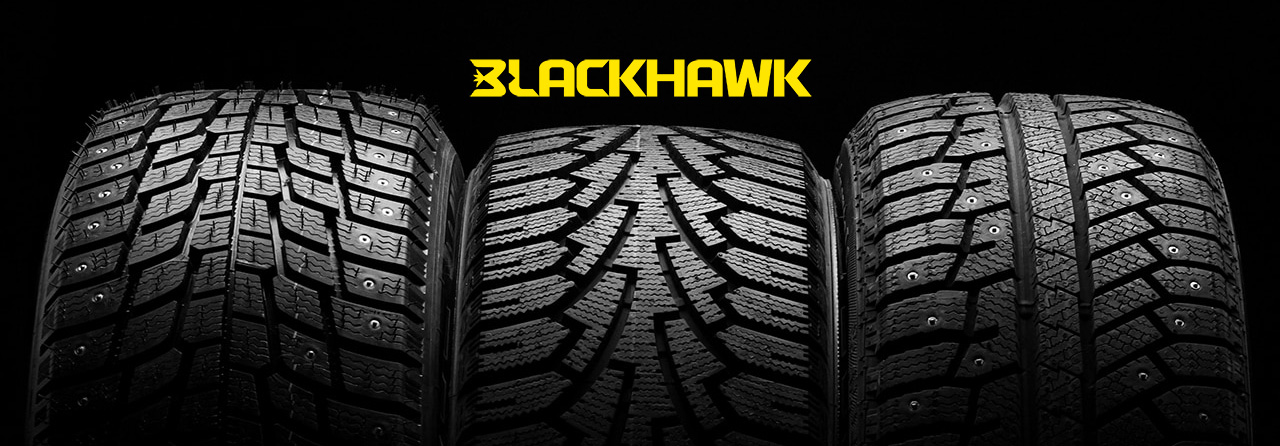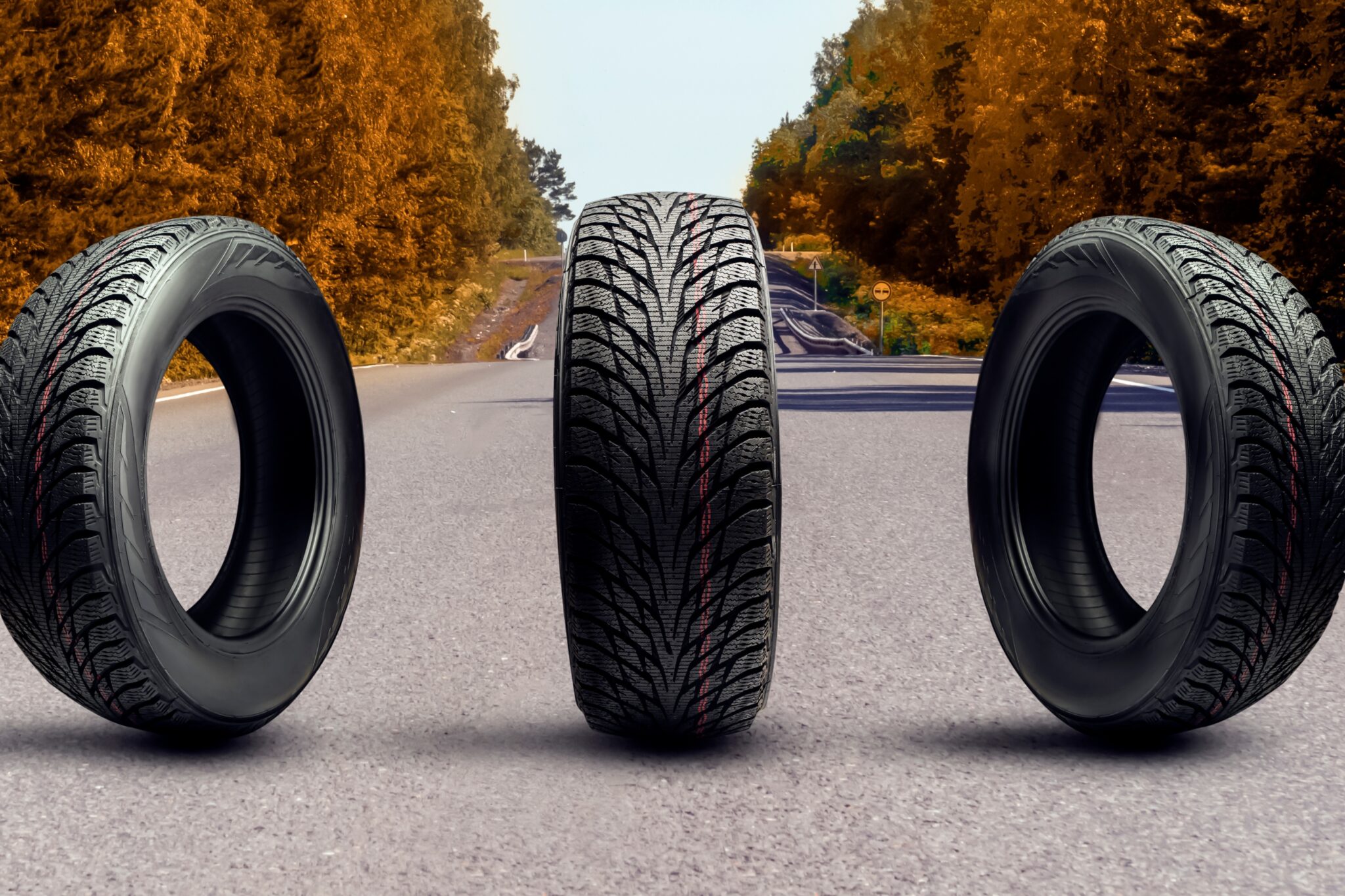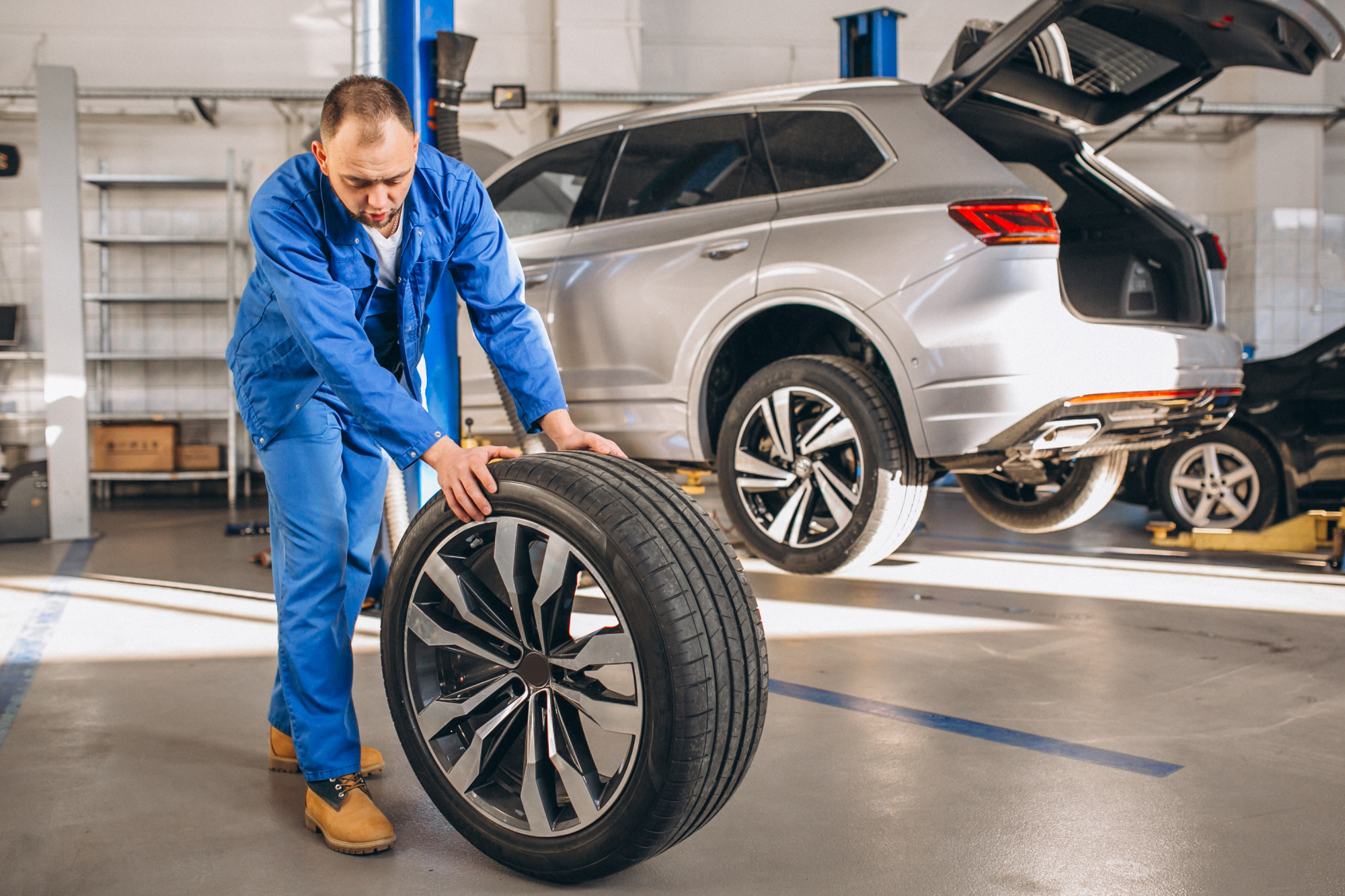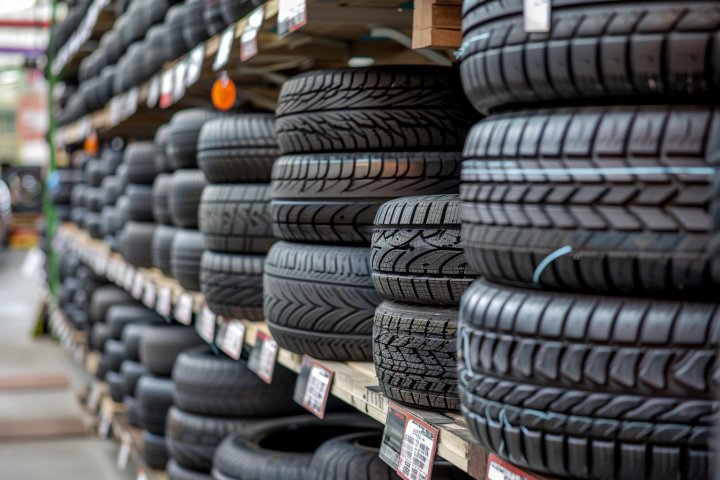Last Updated on August 9, 2024
Unraveling the Importance of OE Tires
Are They Worth the Investment?
All new vehicles come with Original Equipment (OE) tires specifically chosen for your car. Those tires were no random choice. Automotive engineers choose the right tire to compliment your vehicle for the best driving experience possible.
When you replace the tires on your new vehicle, the manufacturer often recommends replacing them with the OE tires that were originally equipped on the car. This doesn’t mean you must return the tires with OE; it is just recommended.
This is recommended because the tire chosen for that vehicle was based on many factors that reflect the car’s driving capabilities. If you want your tires to perform the same, you can buy the OE tires or find tires with the same attributes to maintain performance.
To ensure you are replacing your tires with ones that will fit your vehicle and your driving conditions, you should always refer to your driver’s manual for the size, load capacity, and speed rating requirements as an essential guide to tire replacement. After considering this, you should look to your driving habits and conditions as a guide to buying new tires.
What’s The Big Deal About Original Equipment (OE) Tires?
When purchasing a new vehicle, one overlooked aspect often lies under our noses – or rather, under our cars. Original Equipment (OE) tires are specifically designed and selected for a particular vehicle model. But what makes them unique, and why should drivers pay attention?
1. Designed for Optimal Performance:
OE tires are meticulously designed in collaboration with vehicle manufacturers. This ensures they perfectly complement the vehicle’s performance characteristics, from handling and braking to fuel efficiency.
2. Tested for Safety
Safety is paramount when it comes to vehicle design. OE tires undergo rigorous testing to meet the manufacturer’s specific safety, performance, and comfort standards.
3. Extended Lifespan
With proper maintenance, OE tires can offer an extended lifespan. Their tread design and rubber compounds are optimized for the specific weight and performance dynamics of the vehicle they’re fitted to.
4. Seamless Replacement
When it’s time to replace your tires, choosing OE ensures you get the exact tire initially designed for your vehicle. This removes the guesswork and potential complications of selecting a compatible tire.
5. Enhanced Resale Value
Keeping your vehicle equipped with OE tires can potentially boost its resale value. Future buyers often appreciate vehicles maintained with original components as it indicates adherence to manufacturer recommendations.

Unique Features of OE (Original Equipment) Tires
- Vehicle-Specific Design: OE tires are not generic. They are crafted after thorough collaboration between tire manufacturers and carmakers to match a specific vehicle’s nuances, dynamics, and characteristics.
- Safety and Performance Tests: Before an OE tire is sold, it undergoes rigorous tests to ensure it meets the safety and performance standards set by the vehicle manufacturer.
- Optimal Tread Pattern: The tread pattern of OE tires is meticulously designed to offer the best performance, whether in rain, shine, or snow. This ensures optimal grip and safety for that specific vehicle model.
- Fuel Efficiency Boost: Many OE tires are tailored to enhance fuel efficiency. Their design, including aspects like rolling resistance, complements the vehicle’s engineering to give drivers better miles per gallon.
- Noise Reduction: OE tires are often engineered to reduce road noise, ensuring a quieter and more comfortable ride. This is particularly evident in luxury vehicles where ride comfort is paramount.
- Perfect Fit: The size, width, diameter, and even sidewall stiffness of OE tires are selected to provide the ideal fit for the vehicle, ensuring maximum performance and safety.
- Climate Considerations: For vehicles sold in specific regions, the OE tires might be designed to perform better in those climates. For instance, a car sold in a colder region might come equipped with OE tires that offer better performance in cold conditions.
Remember, while OE tires come with these unique features, assessing your driving needs and conditions is essential when replacing them. It provides an opportunity to either stick with the proven performance of OE tires or explore other options that might better suit a driver’s specific requirements.
Choosing the Right Tire for Your Vehicle
Different cars have different characteristics, and so do tires. Sports cars, for instance, are built for speed and quick handling, so this car wants a tire that can perform to its level of handling and performance. Touring cars provide comfort and smooth driving, demanding a completely different tire.
Energy-efficient cars need tires with low rolling resistance for better gas mileage. Trucks and SUVs might need different tires, but those tires must safely carry the weight of your vehicle.
You should always consider the manufacturer’s recommendation, as the tires on your new vehicle were not randomly chosen but designed for the car and its performance capabilities. However, it is not a rule that you must replace your OE tires with OE tires.
When buying new tires, consider the minimum requirements for your vehicle type, driving conditions, performance needs, and budget.
Types of OE (Original Equipment) Tires
- Performance OE Tires: These are typically found in sports cars and high-performance sedans. They are designed to provide excellent grip, precise steering response, and high-speed capabilities. However, due to the softer rubber compounds used, they might wear out faster than other types.
- Touring OE Tires: Designed for comfort and long tread life, these tires are standard on luxury sedans and SUVs. They offer a smooth ride, good wet and dry traction, and longer tread life.
- Eco OE Tires: These tires are found on hybrid and fuel-efficient vehicles and have low rolling resistance to improve fuel economy. They are designed to enhance the vehicle’s efficiency without compromising on safety.
- Truck OE Tires are robust tires for pickup trucks and large SUVs. They are built to handle heavier loads, provide good off-road traction (if required), and last long, even under rough usage.
- Winter OE Tires: Some vehicles in colder regions come equipped with winter OE tires. These have unique tread patterns and rubber compounds to provide better grip in snowy and icy conditions.
- Run-Flat OE Tires: Many modern vehicles, especially luxury cars, come with run-flat tires. These tires can be driven for a limited distance even after a puncture, allowing drivers to reach a safe location for repair.
- All-Terrain OE Tires: Common on SUVs and crossovers, these tires balance on-road comfort and off-road capability. They are rugged and can handle various terrains while providing a comfortable highway ride.
It’s crucial to remember that while vehicles come equipped with a specific type of OE tire, the replacement tire doesn’t necessarily have to be the same OE type. When selecting a replacement, drivers should assess their driving needs, conditions, and preferences.
Conclusion
Original Equipment (OE) tires aren’t just a marketing gimmick. They represent the tire technology’s pinnacle tailored to a specific vehicle model. Understanding the importance of OE tires can make a considerable difference in your driving experience, whether for optimal performance, safety, or longevity.
Ready to experience the unparalleled performance of OE tires?
In wrapping up, OE tires are a testament to meticulous design and engineering tailored to individual vehicle needs. These aren’t just tires; they’re an integral component optimized for your vehicle’s best performance, safety, and comfort. OE tires ensure a harmonious and efficient drive by aligning closely with a vehicle’s specifications.
Understanding the significance of OE tires is paramount for those who prioritize their vehicle’s integrity and optimal functioning. The right tire can significantly enhance your driving experience.
Choose the best for your vehicle and shop Original Equipment tires exclusively at Tires Easy.
Elevate your driving experience now!
FAQs
What is an OE tire?
OE stands for “Original Equipment.” An OE tire is fitted on a vehicle straight from the factory. These tires are specifically chosen or designed in collaboration between the vehicle manufacturer and the tire company to match the vehicle’s performance and safety requirements.
How do tires affect car performance?
Tires play a crucial role in car performance. They influence acceleration, braking, steering, and overall ride comfort. The correct tire can enhance fuel efficiency, reduce road noise, and ensure optimal grip in various driving conditions. Conversely, unsuitable or worn-out tires can negatively impact handling and increase stopping distances.
Why are tires essential in vehicles?
Tires are the only point of contact between the vehicle and the road. They provide the necessary grip to accelerate, turn, and stop safely. Tires also play a role in shock absorption, ensuring a comfortable ride, and can influence fuel economy and overall vehicle performance.
Are OEM tires different?
OEM (Original Equipment Manufacturer) tires are essentially the same as OE tires. They are the original tires that came with the vehicle when purchased new. However, when people refer to “OEM parts,” they often mean replacement parts made by the original manufacturer. In the context of tires, OEM and OE are typically used interchangeably to denote the tires on the vehicle when it leaves the factory.
-
Writer










 English
English Français
Français Español
Español